The last century has seen a sudden population explosion in the world. The food industry is constantly devising ways to meet the demands of the increasing population. Most of these methods are effective but may not be very commendable. And most often, these methods give no thought to whether they are harmful to people or the community.
Broiler chickens are the result of such fast solutions to meet mass food needs. Broilers are a type of chicken that are primarily produced for meat. They are mostly factory farmed and have short lives because they mature fast. And they are slaughtered as soon as they are 6-7 weeks old.
What is Broiler Farming?
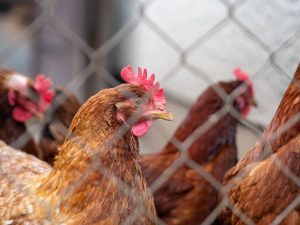

Farmers use a method called selective breeding to produce the ideal chickens for the market. But little thought is given to the welfare of these animals. Financial profit is often the main driving factor behind these intensive breeding farms.
Broiler farms are basically factories that raise broiler chickens. Most of these farms use battery cage systems to grow a large number of birds in a small space. Please read this article for more information on the use of battery cages.
Broiler chickens begin their lives in factory hatcheries under artificial incubation conditions. These newborn chicks never see their parents. They are then vaccinated by spray or injection and sent in conveyor belts to be packed into large trays. These trays are stacked on top of one another and transported to broiler farms. Mind you, none of these chicks ever felt the touch of their parents or humans. They were handled by automated machines all along.
Once in broiler grow-out farms, the chickens are stuffed into cages containing both males and females. Here they breed. Broiler chickens that lay eggs are called parent chickens or broiler breeders. As chicks, broilers are also mutilated in many ways, like beak trimming and comb dubbing.
The lives of broiler chickens are very short. In just 6-7 weeks, they grow big enough to be slaughtered and sold for meat. They are not mature chickens at that age but are still chicks that have grown out of proportion due to unnatural growth hormones and intense feeding.
Disadvantages of broiler farming
There are a host of animal welfare issues in any CAFO. CAFO refers to a Concentrated Animal Feeding Operation. Broiler chickens that are factory farmed have to endure any cruel practices in order to produce more in less space and time.
- One of the most significant issues of broiler farming is the lack of space for chickens to even spread their wings properly. They have less space than an A4 sheet of paper. They cannot lie down and will get trampled if they do. Their natural instincts are suppressed and inhibited. This leads to a host of psychological and physical problems for birds. The chickens try to peck at each other due to high stress. Broiler farmers trim their beaks to deal with this issue. The lack of movement also makes their bones brittle and unhealthy.
- Transporting chickens to slaughterhouses or grow-out farms is also similar. They are stuffed into small cages and are kept hungry and thirsty in uncomfortable conditions until they reach their destinations.
- Another problem due to mass factory farming is their slaughter methods. The most common technique used to kill chickens are live shackle slaughter. In this method, chickens are shackled by their legs upside-down and dipped in an electrified bath of water so that they are stunned. Then their throats are slit, and they are dropped into a scalding bath to remove their feathers. When some birds avoid the electric bath, they are fully conscious when their throats are slit.
- There are also many health issues that arise from the selective breeding methods of broiler chickens. When certain breeds of chicken are selected and made to grow unnaturally fast, it has many debilitating effects on their health.
Broiler chickens have a high risk for cardiovascular dysfunction and heart failure. They also have a high risk of sudden death syndrome. Causes could be immobility, lack of proper care and exercise, and overeating.
5. Broiler chickens also develop skeletal issues due to their unnaturally fast growth. They put on flesh faster than their skeletal frames can bear, and this leads to bone deformities and paralysis. This, in extreme conditions, can lead to death because they are unable to reach for food and water. The chickens die from starvation and thirst.
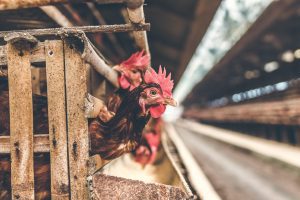

Their overweight bodies also put too much of pressure on their feet, causing lameness. They also develop painful lesions like lumps and sores on their body caused by being in constant contact with their own feces.
6. Mass Broiler farming in factories also causes a lot of environmental damage. Waste generated from these farms emits harmful greenhouse gases like ammonia, methane, and sulfur dioxide. It pollutes the water, decreasing its oxygen levels and resulting in the death of many marine creatures. It also increases the acidity level of the water.
Ammonia is a toxic gas that is released by the waste matter of broiler chickens. The gas in closed conditions with no sufficient ventilation, like in typical broiler farms, are very harmful to both chickens and farmworker. It impairs metabolism, induces cell apoptosis, and damages the intestines.
7. And finally, broiler farms have weak immunity and a host of health issues. Consuming these unnaturally farmed, miserable birds can cause many health issues in consumers. Its meat is nutrient-poor and has little benefit to the public.


Conclusion
There are many benefits of broiler farming to farmers, and they bring in a lot of profit in a short amount of time and little investment. And most of the disadvantages concern the broiler chickens. There are many harmful effects of broiler farming, but I have mentioned only a few.
Did you know that Americans consume more chicken than any other country? (Refer to this article)Whether it is right to consume animals or not is the topic for another debate, but my point here is that broiler chickens deserve better treatment. It is true that broilers are reared and raised to feed people. Yet, in their short lives, they must be raised in humane conditions where they can move and spread their wings and be the chickens they are.
It is up to the farmers to adopt practices that are more favorable for the chickens and less money-oriented. It is up to the consumers to choose chickens that are grown in healthy, hygienic, and kind conditions. Who is responsible for cruel factory farming methods? Can we blame the farms for devising methods to meet the needs of the population? Or can we blame the population for their extravagance? It is time every individual stood up to make a positive change against malpractices in the community.

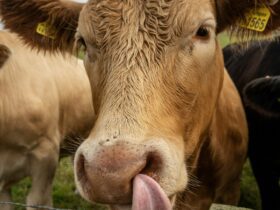
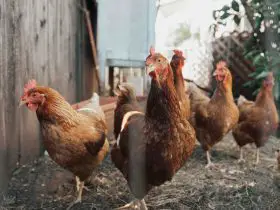
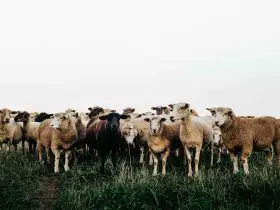
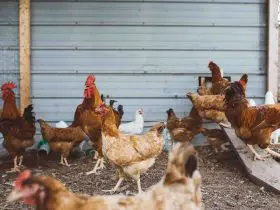
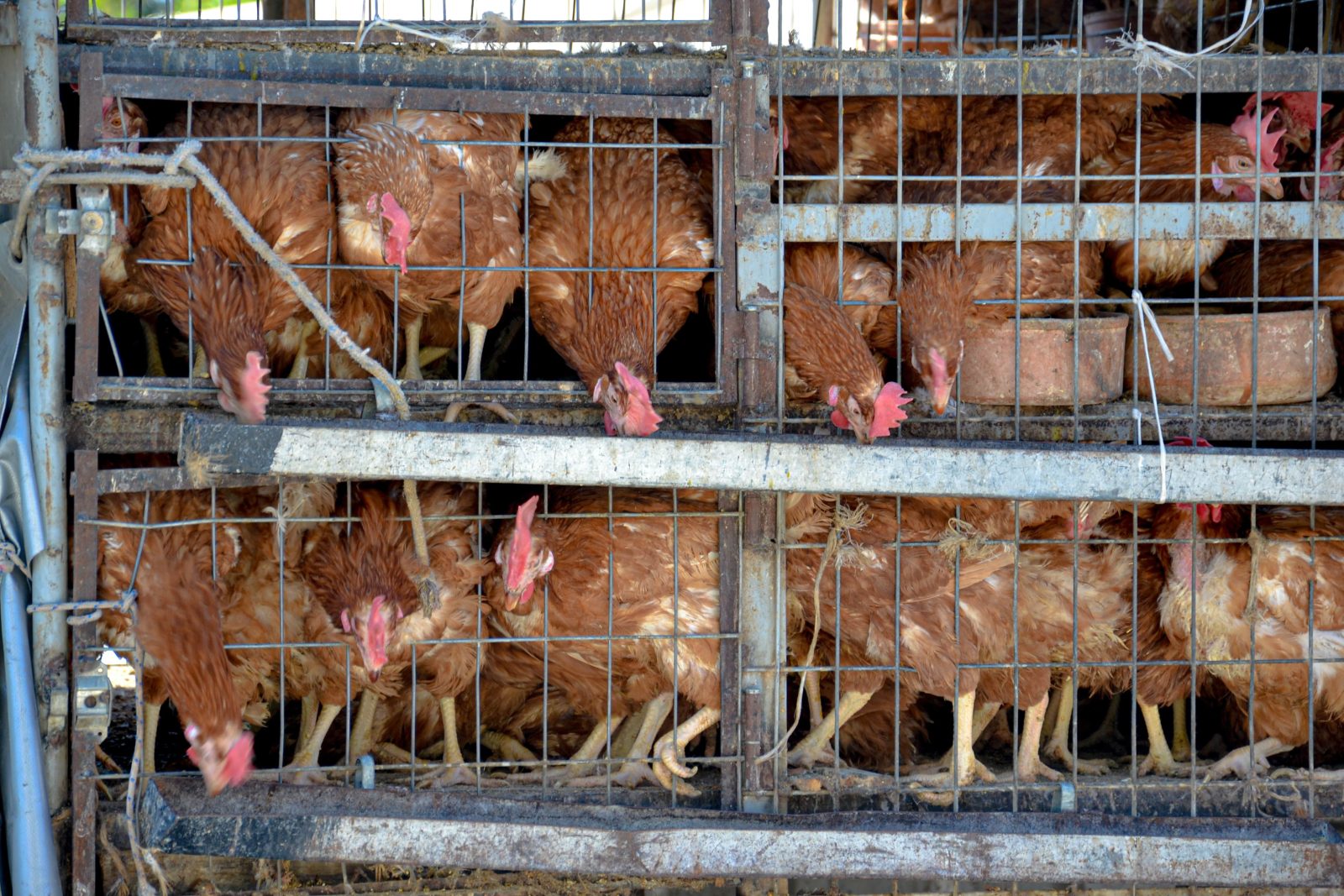
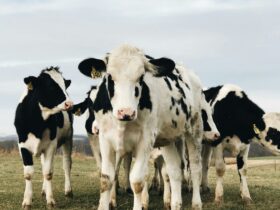
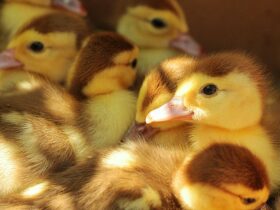
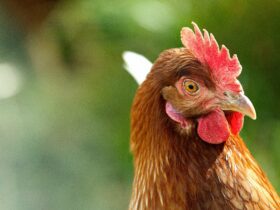



Hello!! Welcome to Anim Farm